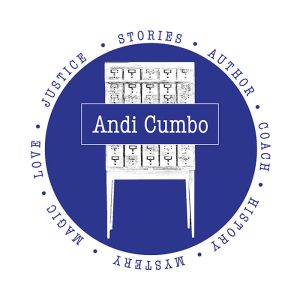This morning, as I stood at the kitchen counter and looked out over the Chapel Field (so-named because the slave chapel used to sit at the top of the hill), a doe wandered across the driveway. Oblivious to me, she munched and meandered. She was beautiful, but not unusual here. On a near daily basis, I can see deer, wild turkeys, fox, hawks, and even the occasional black bear. 3,500 acres is a big wildlife playground. 
But what struck me this morning was that it had never once, in all the years I’ve known this place, to wonder what that wildlife meant for the people who were enslaved here. It had never occurred to me to consider if the deer mowed down their green beans, too, or if they had to set their chicken coop near tree cover so the birds could be protected from the hawks and bald eagles that call this place home. I had never thought about what it would mean to live in a rough-hewn cabin and hear the bears rooting through the foliage outside the door.
It’s amazing to me that I had never considered this before. 18 months of my life to this book, and I still have so much I don’t know.
***
The other day, a friend asked me if any of the slaves here played music. I couldn’t answer him. None of the records I’ve read mention music or the purchase of instruments, but given that most of these documents were written by the master and the overseer rather than the enslaved people themselves, that’s not surprising. Perhaps in the quarters around the farm on Sunday afternoons, someone did pick up a fiddle or a banjo and play.
Maybe up here on the hill across the ravine from where I now sit, Gruff sat on a stump on a Sunday evening, when everyone’s bellies were full and their bodies a bit recovered after a day of rest. Maybe he took up his fiddle and played some slow pulls over the strings, just getting people in the mood. Maybe he picked up the pace, then, and toes started to tap and heads nod. Maybe some people even got up and danced, whirling the cares of the week behind and the one ahead into the air like prayers or curses.
Maybe. I may never know.
***
If writing this book has taught me one thing it’s this – there will always be more to know and always more that I cannot know. The stories of these people are sketched out in inventories and the scant mentions in letters. There is so much left to wonder, imagine, so much to grieve in the not knowing.
Today, I find myself so grateful for the slave narratives we do have. And so sad that I never heard Aggy share how she protected her corn from the turkeys, that I have to imagine Gruff’s music.
This book breaks my heart and fills me up every day.
What slave stories do you know? What would you like to know?
